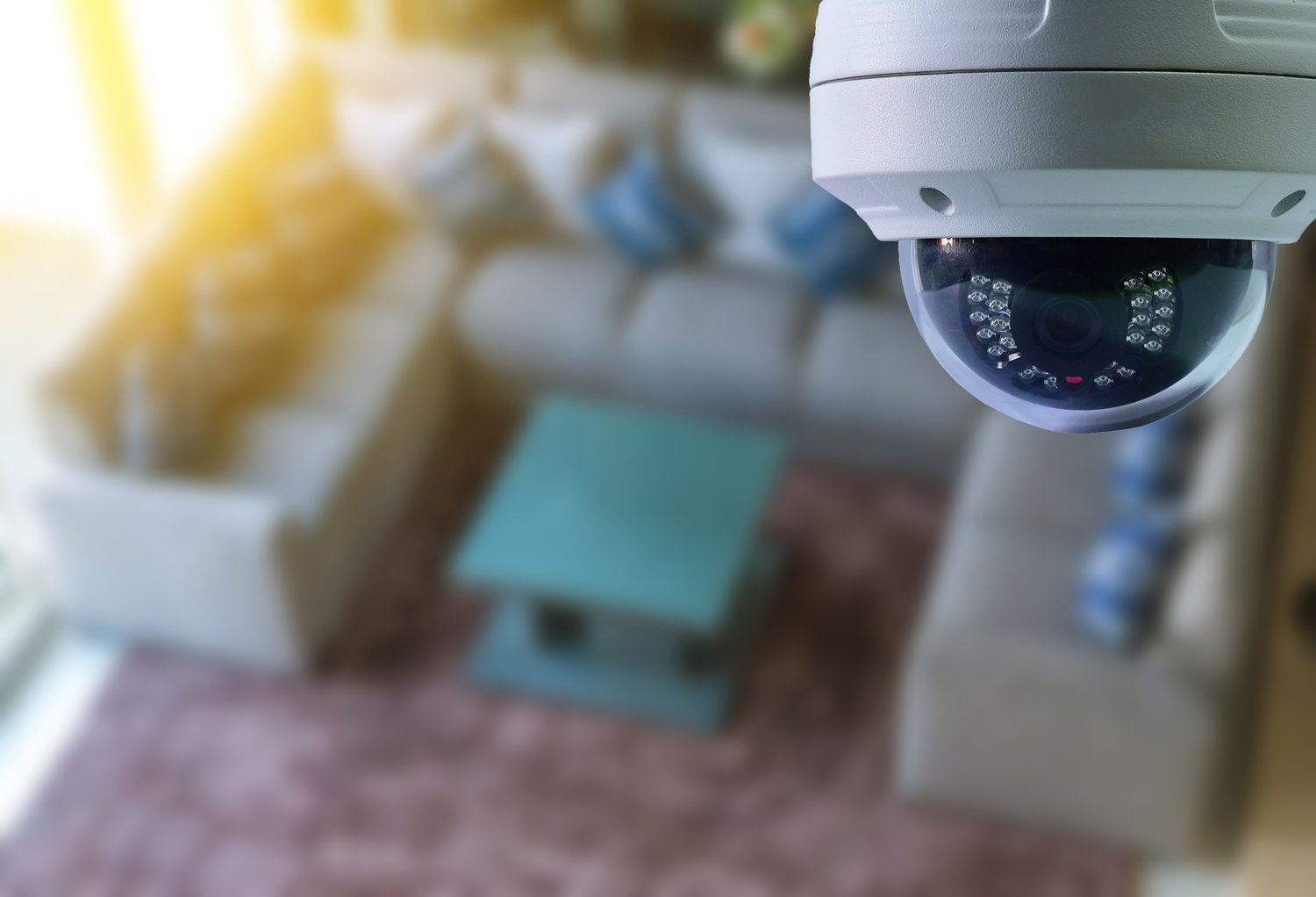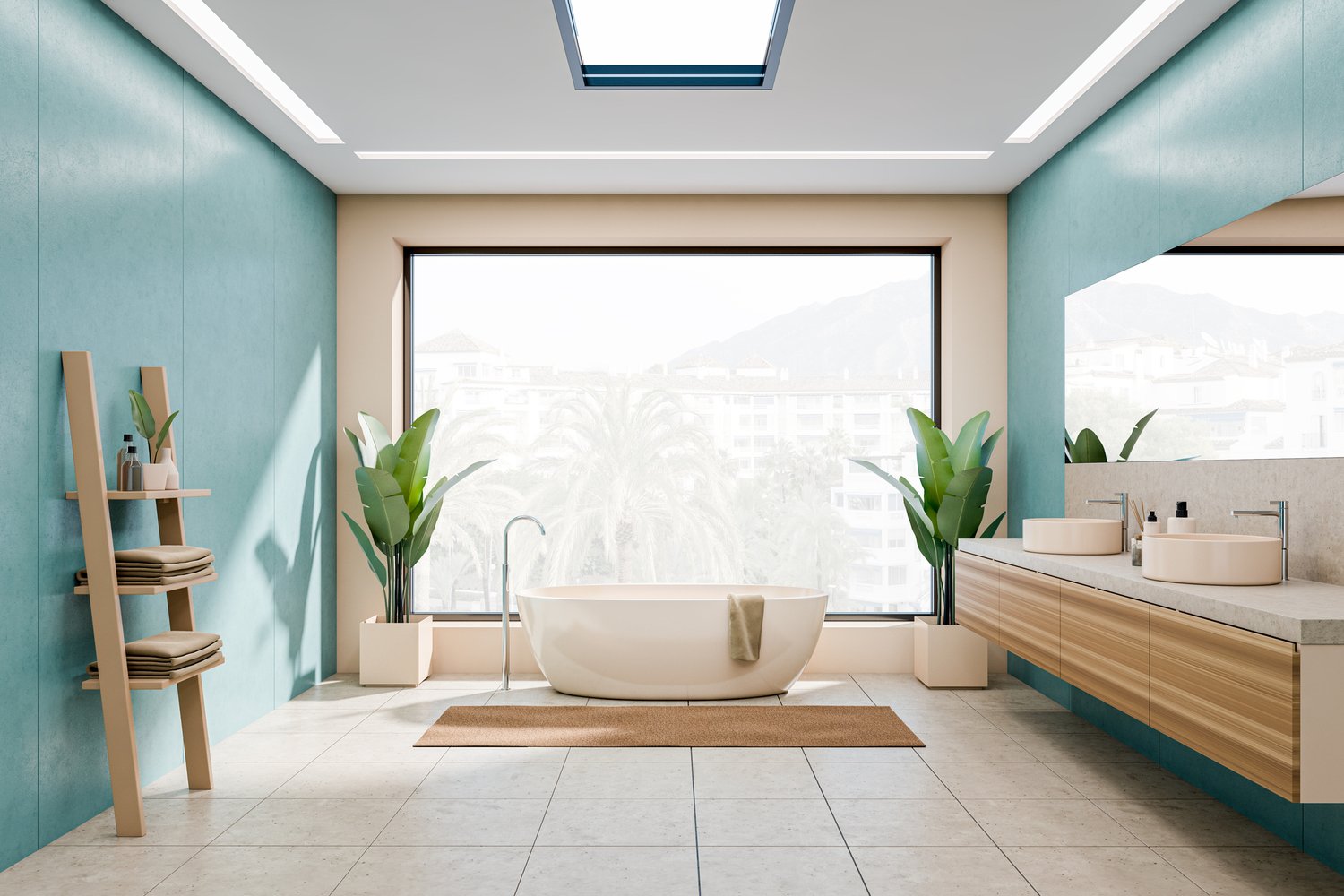The landscape of residential construction has transformed dramatically with the advent of smart technology. Whether you’re embarking on a new build or planning a renovation project, incorporating smart home integration from the beginning offers significant advantages in functionality, efficiency, and lifestyle enhancement. Today’s connected home design considerations go far beyond simple gadgets, extending to comprehensive systems that can be seamlessly woven into the very fabric of your living space. This article explores the essential elements of smart home planning, implementation strategies, and the benefits of forward-thinking design for both new construction and renovation projects.
Planning for Smart Home Technology from the Ground Up
When designing a new build with smart tech in mind, the planning stage becomes crucial for successful implementation. The advantage of new construction is the ability to incorporate wiring, connectivity points, and infrastructure before walls are closed up. Architects and builders now commonly include dedicated space for smart home hubs, structured wiring panels, and power considerations for various technologies. Unlike renovations, new build smart tech integration allows homeowners to optimize the placement of sensors, cameras, and control panels without compromising on aesthetics or functionality.
The planning process should begin with establishing your priorities. Consider which aspects of smart home technology would most enhance your lifestyle—whether it’s sophisticated security systems, energy management tools, entertainment integration, or comprehensive automation. Working with designers who understand connected home design principles can help ensure your infrastructure accommodates both current technology and future expansion. This forward-thinking approach prevents costly retrofits later and maximizes the lifespan of your smart home investment.
Smart Integration During Renovations
Renovation projects present unique challenges for smart home integration that differ from new builds. However, with careful planning, renovating homeowners can achieve sophisticated smart systems without starting from scratch. The key to successful renovation smart home implementation lies in choosing technologies that minimize invasive installation while maximizing functionality. Wireless systems have revolutionized what’s possible in existing homes, allowing for comprehensive solutions that require minimal structural changes.
When planning smart upgrades during renovations, consider opening select walls to run essential wiring for high-bandwidth applications like whole-home audio or security systems. Retrofit-friendly solutions like mesh Wi-Fi networks, wireless light switches, and battery-operated sensors can transform a conventional home into a smart one with minimal disruption. Some homeowners find value in consulting with AskHomey or similar platforms to connect with specialists who understand the unique challenges of integrating technology into existing structures while preserving architectural integrity.
Essential Smart Systems for Modern Homes
The foundation of effective smart home integration begins with robust networking infrastructure. High-speed internet connectivity, strategically placed wireless access points, and possibly wired connections for bandwidth-intensive applications ensure your smart systems perform reliably. Beyond this foundation, several key systems define the modern connected home.
Climate control represents one of the most immediately beneficial smart home categories, with programmable thermostats that learn occupancy patterns and adjust temperatures accordingly. Smart lighting goes beyond convenience to impact energy efficiency and wellness, with systems that adjust color temperature throughout the day to support natural circadian rhythms. Security integration has also evolved dramatically, with doorbell cameras, smart locks, and comprehensive monitoring systems that provide peace of mind whether you’re home or away.
Entertainment and audio systems benefit tremendously from thoughtful smart home integration. Prewiring for speakers during construction or renovation allows for clean installations that disappear into the architecture. Voice control, now a standard expectation in connected home design, ties these various systems together through platforms like Amazon Alexa, Google Assistant, or Apple HomeKit, creating a cohesive experience that responds naturally to spoken commands.
Future-Proofing Your Smart Home Investment
Technology evolves rapidly, making future-proofing a critical consideration in smart home planning. The most forward-thinking approach involves creating systems with flexibility and expandability built in from the start. This means selecting open platforms that work with multiple protocols rather than proprietary systems that may become obsolete. Conduit installation during construction provides pathways for future wiring needs, while selecting standards-based products increases the likelihood of long-term compatibility.
Consider creating dedicated spaces for equipment that may need upgrading over time, such as networking components or automation hubs. Thoughtful placement of power outlets, including strategically located USB charging ports and potentially higher-voltage connections for future needs, helps ensure your home remains adaptable. The goal isn’t necessarily to predict exactly which technologies will emerge, but rather to create an infrastructure flexible enough to accommodate change without major renovation.
Integration that Enhances Architectural Design
The most successful smart home integration happens when technology enhances rather than detracts from architectural design. Today’s best connected home design approaches focus on invisibility—technology that performs powerfully while remaining visually unobtrusive. This might mean speakers that blend seamlessly with ceiling details, climate sensors that resemble standard wall plates, or lighting controls that complement interior design elements.
Working with both design professionals and technology specialists helps achieve this balance between functionality and aesthetics. The rise of specialized smart home consultants reflects the growing importance of this integrated approach, particularly for high-end new builds and comprehensive renovations where expectations for both performance and design are elevated.
For more tips and to connect with reliable home service professionals, follow AskHomey on Facebook and Instagram.



